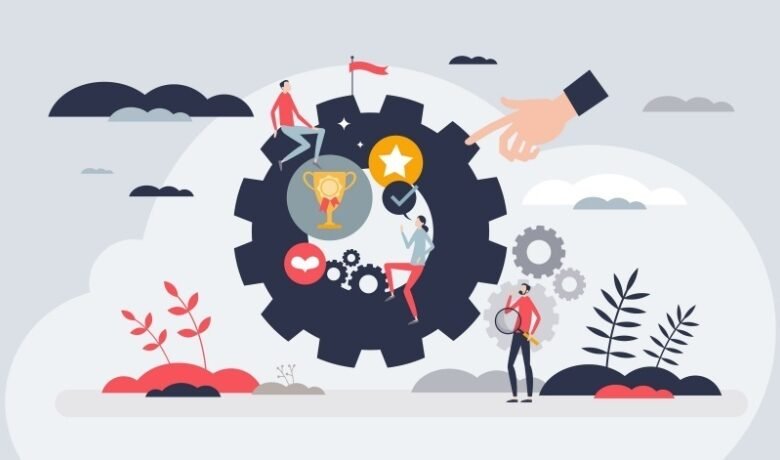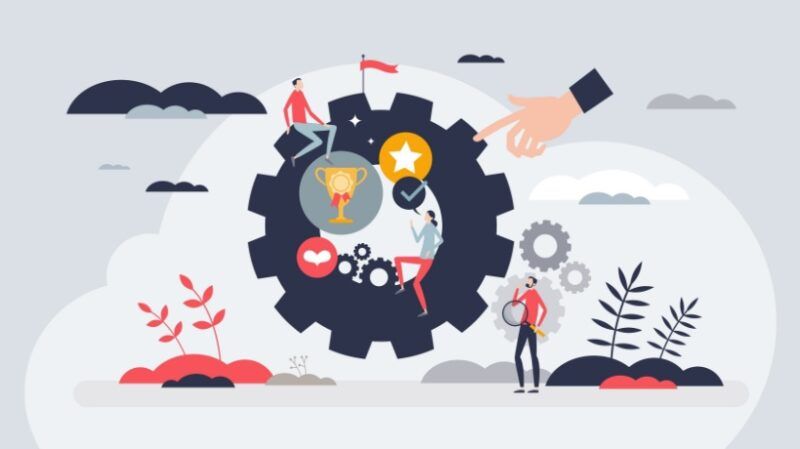Game-Based Learning For Employee Training Transforms It


Transforming Employee Training With Gamification
In the evolving landscape of corporate training, game-based learning (GBL) has emerged as a revolutionary approach. It combines the principles of gameplay with educational content, transforming traditional training methods into engaging, interactive experiences. This approach not only enhances employee engagement but also improves knowledge retention and skill acquisition.
Benefits Of Game-Based Learning For Employee Training
Enhanced Engagement
Traditional training sessions often struggle to capture and maintain employees’ attention. Game-based learning, however, leverages the inherent engagement of games to make learning more captivating. Employees are more likely to stay focused and participate actively when the training involves interactive elements such as challenges, rewards, and storytelling.
Improved Knowledge Retention
Studies have shown that active learning methods, like those used in game-based learning, significantly improve knowledge retention. By involving employees in scenarios where they must apply their knowledge and skills to solve problems, GBL helps in solidifying the information and making it more memorable.
Skill Development
Game-based learning often incorporates simulations that mirror real-life situations, allowing employees to practice and hone their skills in a risk-free environment. This experiential learning approach is particularly beneficial for developing complex problem-solving abilities and critical thinking.
Immediate Feedback
One of the key benefits of GBL is the immediate feedback provided during the learning process. Employees can instantly see the results of their actions, understand their mistakes, and learn how to improve. This rapid feedback loop accelerates learning and helps in quickly addressing knowledge gaps.
Motivation And Morale
Incorporating elements of play in training can significantly boost employee morale and motivation. Games often include rewards, leaderboards, and achievements, which can create a sense of accomplishment and friendly competition among employees. This positive reinforcement encourages continuous learning and improvement.
The Power Of Play In Corporate Training
The concept of play is not just for children; it holds significant potential in the corporate world as well. When employees engage in play, they experience reduced stress, increased creativity, and improved cognitive function. Playful activities stimulate the brain, making it more receptive to learning and innovation. In a corporate training context, the power of play can transform mundane training sessions into enjoyable and productive experiences.
By integrating playful elements into training programs, companies can foster a positive learning culture. Employees become more open to experimenting, taking risks, and learning from their failures. This shift in mindset is crucial for fostering innovation and adaptability in a rapidly changing business environment.
Gamification Strategies For Employee Development
- Leaderboards and badges
Implementing leaderboards and badges can create a sense of competition and achievement. Employees can track their progress, compare it with their peers, and strive to improve. This competitive element drives engagement and encourages continuous learning. - Point systems
Awarding points for completing tasks, participating in training sessions, or achieving specific goals can motivate employees to engage more actively. Points can be redeemed for rewards, fostering a sense of accomplishment and recognition. - Storytelling and narratives
Crafting a compelling story or narrative around the training content can make it more engaging. Employees become characters in the story, facing challenges and overcoming obstacles, which makes the learning experience more immersive and memorable. - Quests and challenges
Breaking down training content into quests or challenges can make learning more manageable and fun. Employees can tackle these challenges at their own pace, earning rewards and unlocking new levels as they progress. - Social interaction
Incorporating social elements, such as team-based challenges or collaborative projects, can enhance learning outcomes. Employees can learn from each other, share knowledge, and build a sense of camaraderie.
Designing Effective Game-Based Learning For Employee Training Programs
Designing effective game-based learning programs requires careful planning and a deep understanding of both the learning objectives and the audience. Here are some key considerations:
Identify Learning Objectives
Clearly define what the training program aims to achieve. Whether it’s improving specific skills, enhancing knowledge, or fostering certain behaviors, having clear objectives will guide the design of the game-based elements.
Know Your Audience
Understand the preferences, motivations, and learning styles of your employees. This will help in designing games that resonate with them and effectively convey the desired content.
Blend Learning Methods
Combine game-based learning with other instructional methods, such as traditional lectures, workshops, or eLearning modules. This blended approach ensures a comprehensive learning experience that caters to different learning styles.
Use Relevant Technology
Leverage technology to create immersive and interactive learning experiences. Virtual Reality (VR), Augmented Reality (AR), and mobile learning platforms can enhance the effectiveness of game-based training programs.
Measure And Iterate
Continuously evaluate the effectiveness of the game-based learning program. Use metrics such as engagement levels, knowledge retention rates, and employee feedback to make necessary adjustments and improvements.
Conclusion
In conclusion, game-based learning for employee training has the potential to transform it by making it more engaging, effective, and enjoyable. By harnessing the power of play, incorporating gamification strategies, and designing thoughtful learning programs, companies can enhance employee development and drive organizational success.
Editor’s Note: check out our directory to find, choose, and compare eLearning Industry’s Top LMS Software.
Source link




